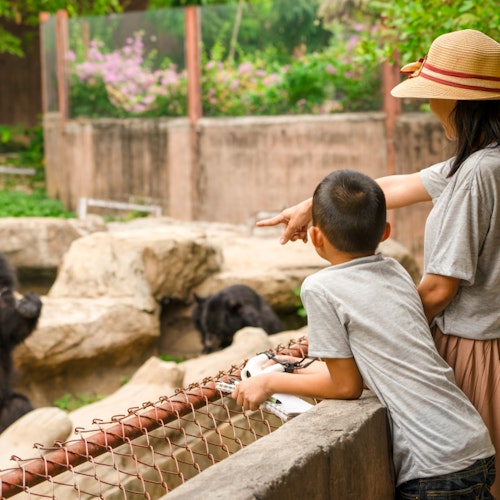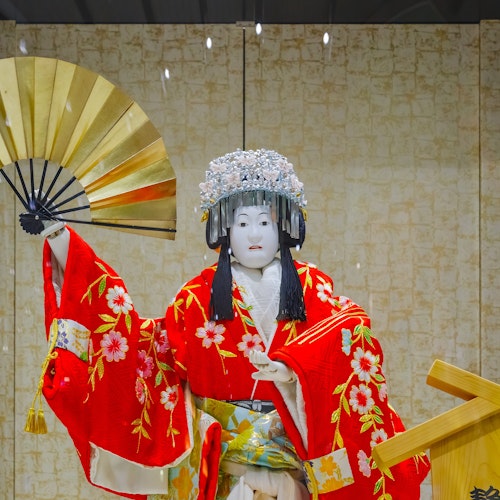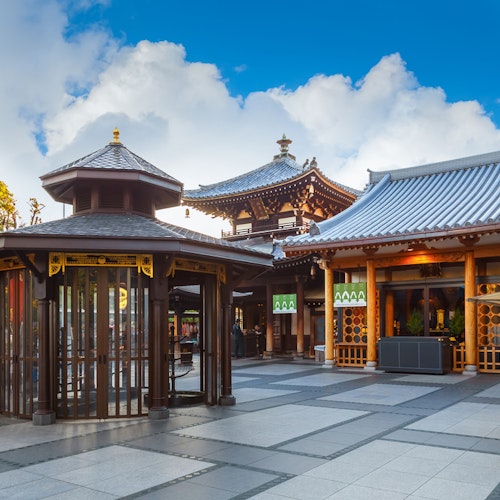
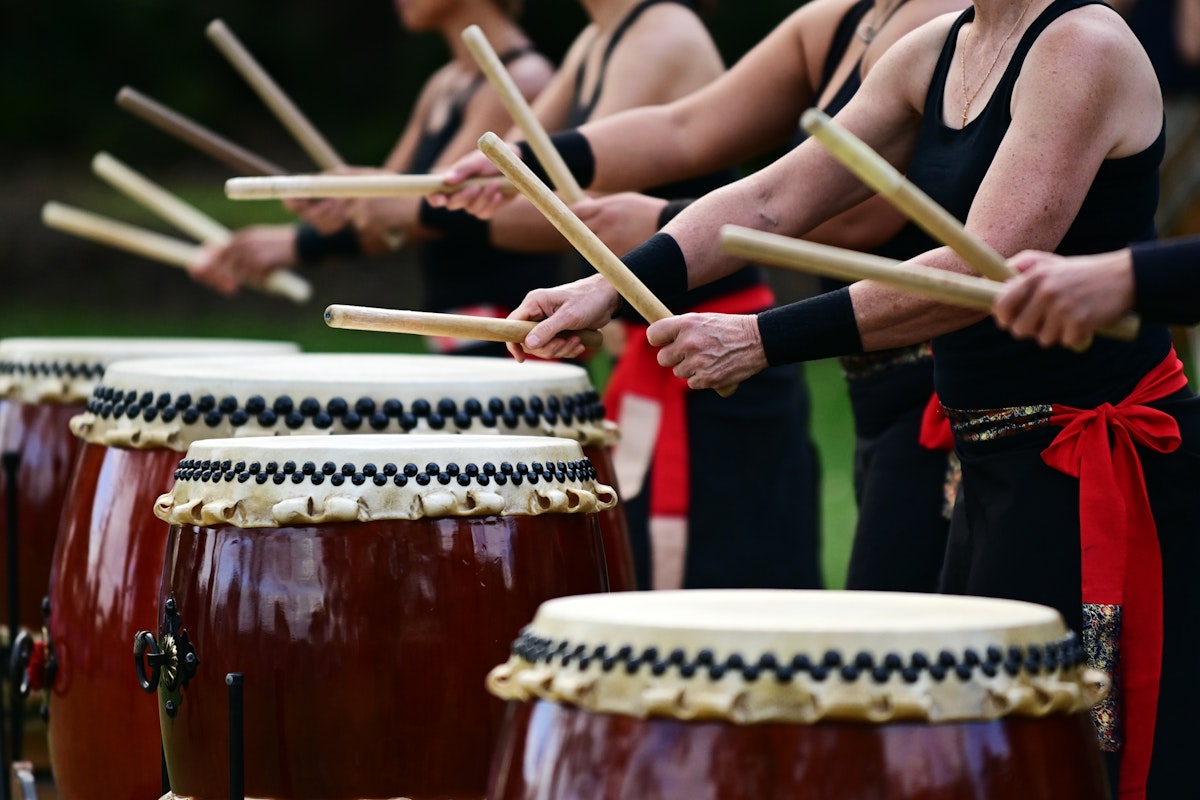
Welcome to a rhythmic journey that will take you to the heart of Japan's rich cultural landscape—Sado Island, a hub of traditional arts and, most notably, the age-old tradition of taiko drumming. On this island, the beating of the taiko drum is not just a musical performance; it's a soul-stirring experience that encapsulates the island's history, Taiko community values, and artistic expressions.
From high-energy summer festivals to intimate taiko ensemble performances, Sado Island offers a unique tapestry of drumming styles deeply woven into its cultural fabric. Whether you are a taiko enthusiast, a cultural explorer, or someone who enjoys the powerful sound of drums, this guide will offer comprehensive insight into Sado's taiko traditions.
So, let's embark on this enthralling voyage to discover the art, music, and community behind Sado Island's extraordinary taiko culture.
The history of Sado Island Taiko is rich and deeply rooted in Japanese traditions. Originating in Sado Island, located in Niigata Prefecture, this form of taiko drumming has been influenced by various eras, including the Edo period.
It has evolved over centuries to become essential to the island's unique cultural landscape. Initially used in religious ceremonies and rituals, taiko drumming on Sado Island has expanded to become a versatile art form encompassing spiritual and musical elements.
The history of taiko drums goes back centuries and is deeply rooted in Japanese religious rituals, ceremonies, and folklore. Initially used in Buddhist and Shinto ceremonies, these drums were believed to represent the voice of the divine. Their role expanded to include secular functions like theater, festivals, and even wartime communication as time passed.
During Japan's medieval period, taiko drums became an essential part of military strategy to motivate troops and relay commands. By the Edo period, taiko drumming had become a form of entertainment and was performed during various festivals and celebrations.
In the 20th century, taiko underwent another transformation with the emergence of "kumi-daiko," or ensemble drumming, a style popularized by musicians like Daihachi Oguchi. This modern take on taiko drumming brought the art form to international attention and helped solidify its place in contemporary music and performances.
Today, taiko drums symbolize cultural pride and unity, played in various settings, from traditional religious ceremonies to modern concerts and educational programs. The blend of powerful beats and rhythmic patterns makes taiko drumming a captivating experience, echoing its rich history while continually adapting to modern tastes.
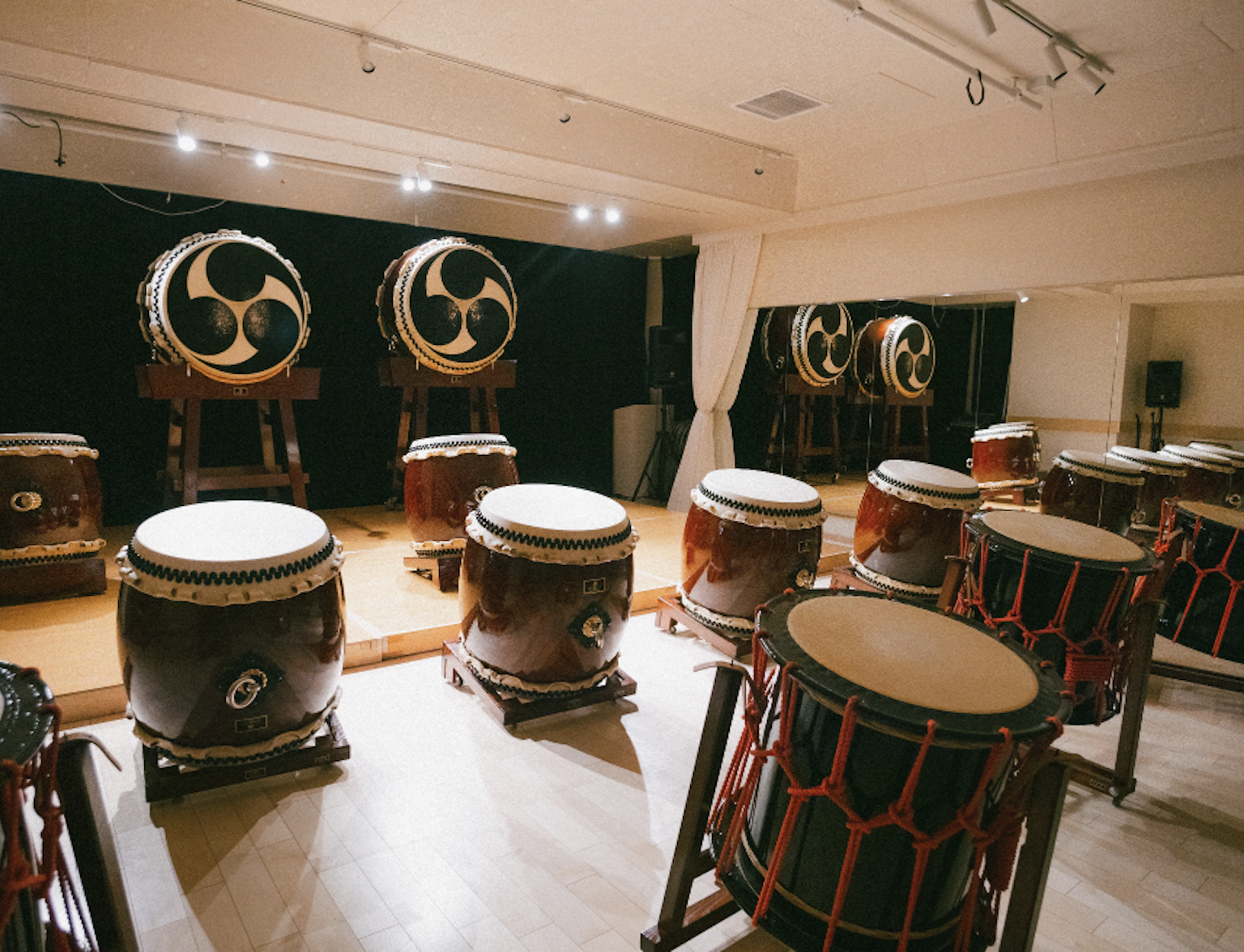
Embark on a rhythmic odyssey with a Taiko Drumming Adventure!
In Japanese, the word "taiko" translates to "drum," but it encompasses much more than just an instrument. Taiko represents the art of Japanese drumming, known as kumi-daiko, which is a captivating and dynamic form of expression.
Taiko is a traditional form of Japanese drumming that uses different percussion instruments. The art form is central to various festivals and events in Japan.
The powerful sound of the taiko drums resonates with spiritual and cultural importance, captivating audiences with its intricate rhythms.
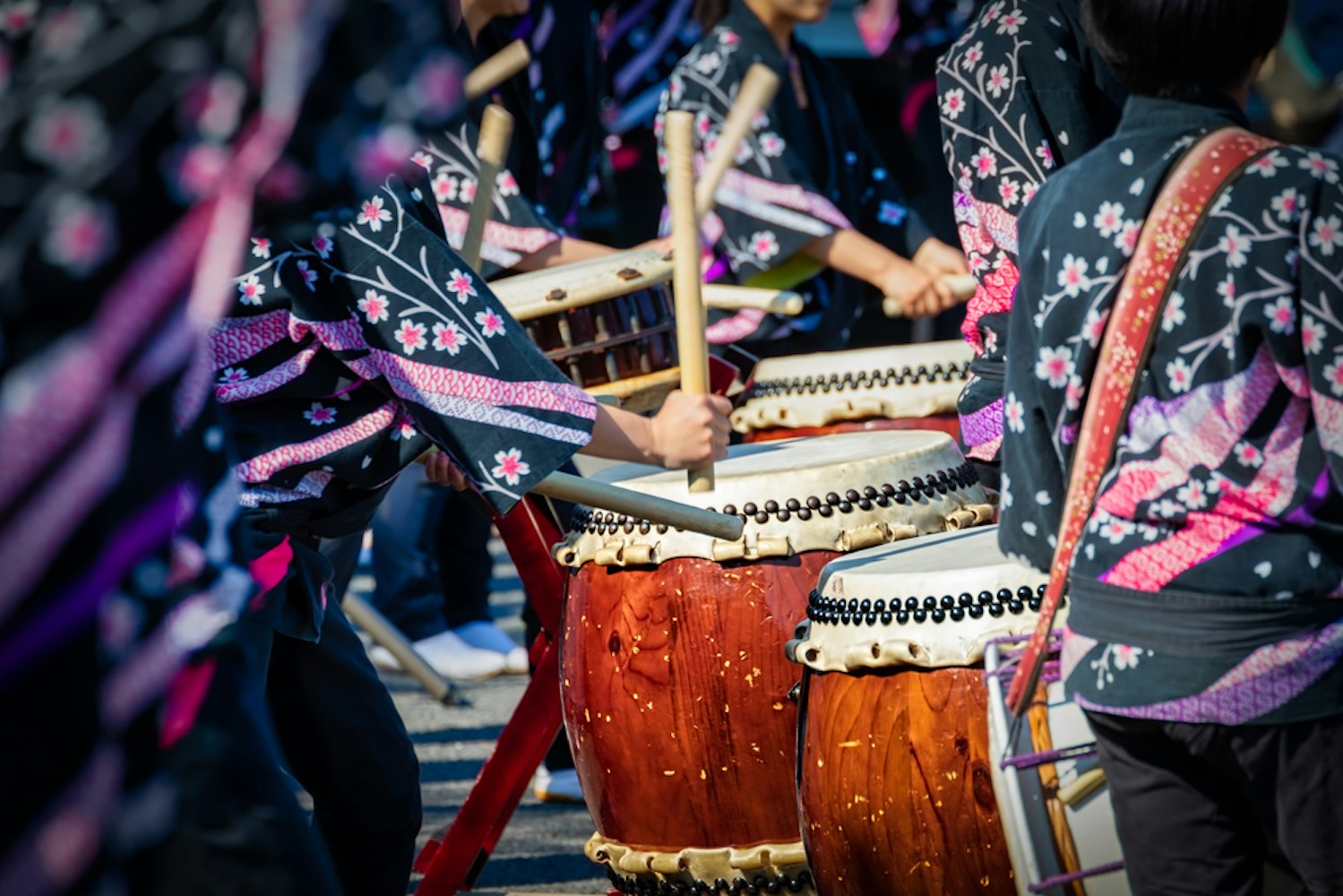
Sado Island is famous for hosting the annual Earth Celebration, an enchanting outdoor festival showcasing collaborative performances between taiko drums and diverse musical instruments. The Taiko drums are carried to the Kisa shrine.
The taiko drum festival on Sado Island is a summer festival that is a grand celebration of this art form. The festival showcases performances by various taiko groups and offers workshops where attendees can try their hand at drumming.
Unlike other festivals, it offers a comprehensive look into the taiko ensemble and the diversity in drumming styles, including nagadō daiko and okedō daiko. Throughout history, the taiko drum has served multiple purposes in Japan.
It was used to communicate with allies and ward off pests from crops and played a crucial role in boosting morale during battles. Additionally, it held a significant position in traditional festivals, rainmaking rituals, and the lively bon odori dance.
At the Taiko festival, a young girl skillfully contributes her drumming talents.
The role of women in Sado's Taiko traditions has been evolving, becoming increasingly prominent in recent years. While taiko drumming was traditionally a male-dominated art form, pioneering musicians like Den Tagayasu have helped shift this dynamic.
Today, women actively participate in performances, teachings, and even crafting the drums. Their involvement adds a new layer of inclusivity and diversity to the rich tapestry of taiko traditions on Sado Island.
The Sado Island Taiko Centre, or Tatakokan, is a pivotal hub for learning and experiencing taiko drumming on Sado Island. Supported by the Kodo Cultural Foundation, the center aims to preserve and promote the rich traditions of taiko.
Visitors can engage in hands-on taiko drum experiences guided by skilled instructors. The center also hosts various performances and events, making it a must-visit for anyone interested in the unique taiko traditions of Sado Island.
When attending a taiko performance, expect an electrifying atmosphere filled with powerful sounds and complex rhythms. The performers employ a range of drums, from the deep, resonant nagadō daiko to the more portable okedō daiko.
Kumi daiko, a form of ensemble drumming, is often the highlight of such performances. Taiko drumming, a traditional Japanese art form, is known for its powerful and dynamic rhythms that resonate through the air.
Its origins, dating back centuries, have become an integral part of various Japanese performing arts, including dancing. The resonating beats of the taiko drum provide the rhythmic foundation for the dancers and serve as a conduit for expressing emotions and storytelling.
As the dancers gracefully move to the pulsating rhythm, a mesmerizing spectacle unfolds, immersing the audience in the rich tapestry of Japan's cultural heritage. This harmonious collaboration between the taiko drummers and dancers creates a captivating performance that celebrates Japanese artistic traditions' natural beauty and diversity.
Taiko drumming is not just an art form restricted to Japan; it has gained recognition worldwide. Various taiko ensembles perform globally, sharing the beauty and art of Japanese drumming with the world.
Taiko offers a blend of tradition and innovation, making it a continually evolving art form. Whether in Sado Island or any other part of Japan, experiencing taiko drumming is a feast for the senses and a window into the soul of Japanese culture.
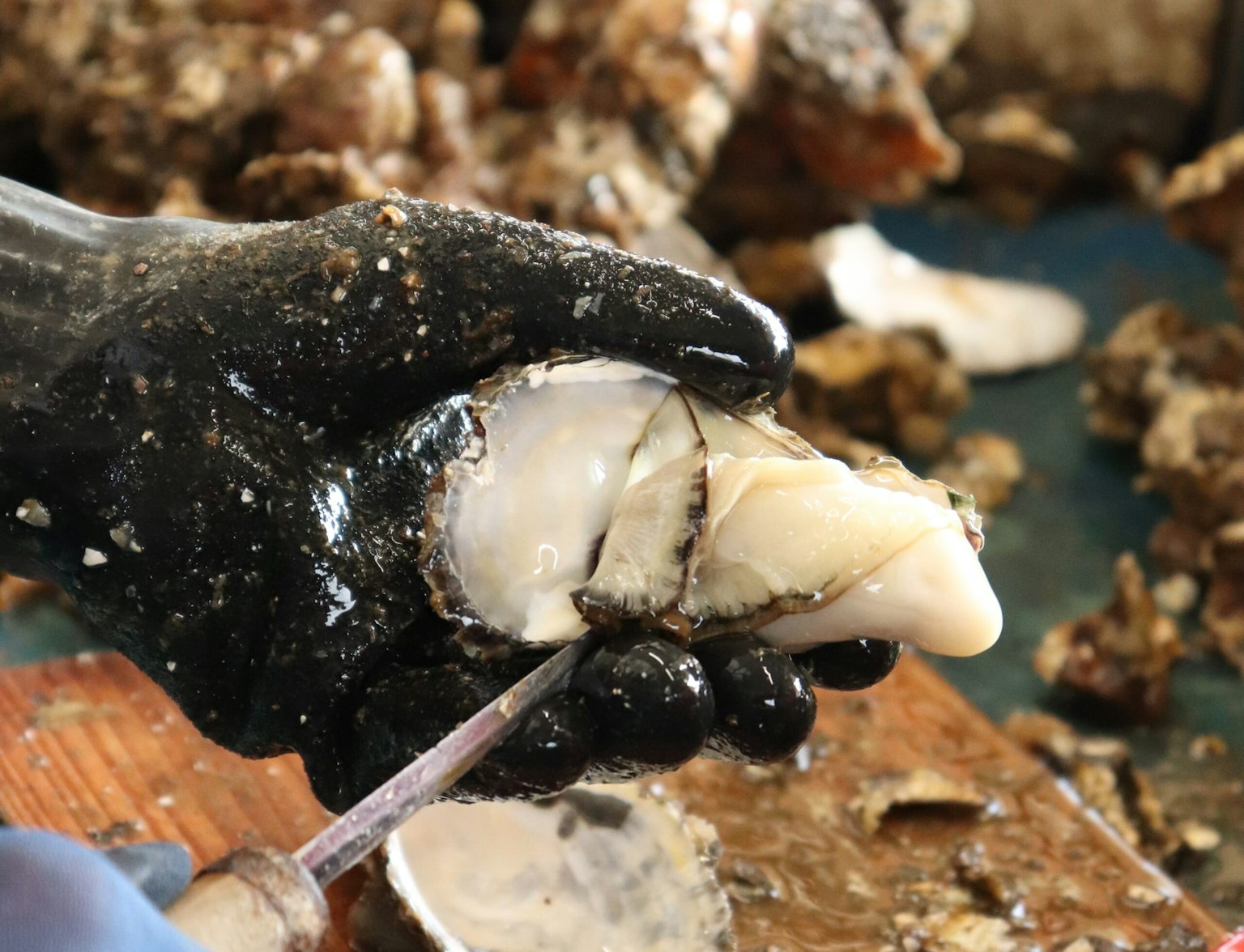
Also try this oyster shucking tour at Lake Kamo while in Niigata.
